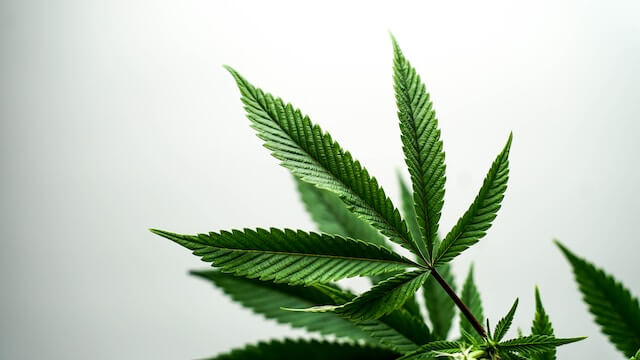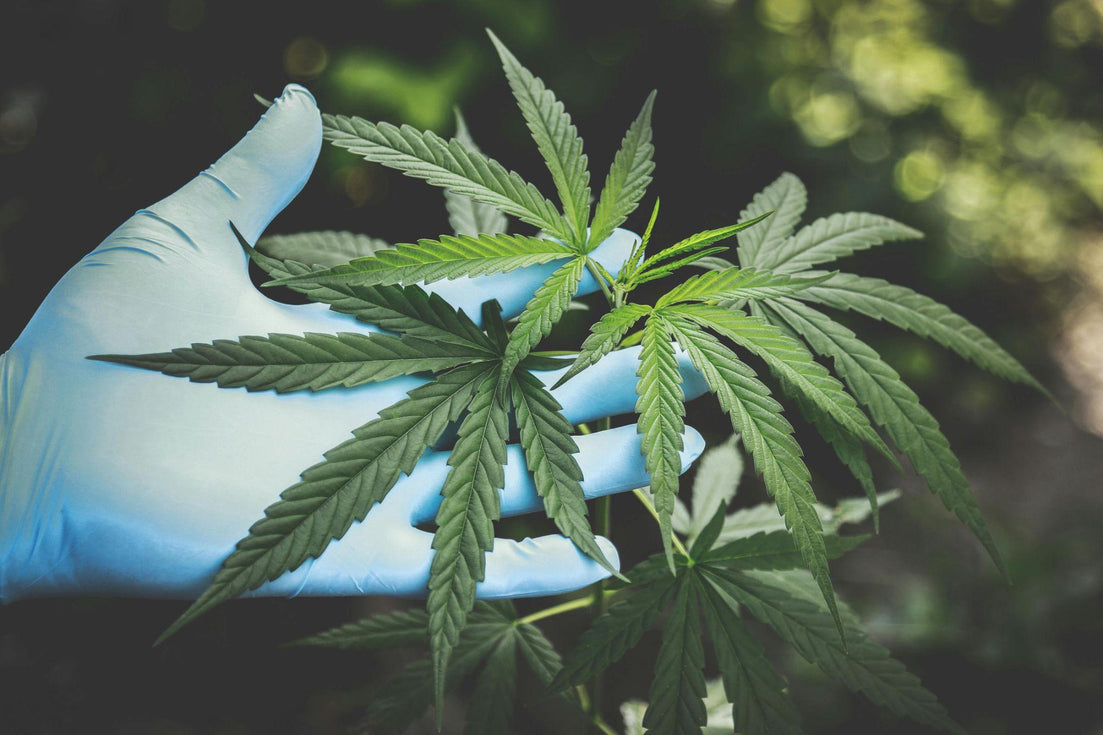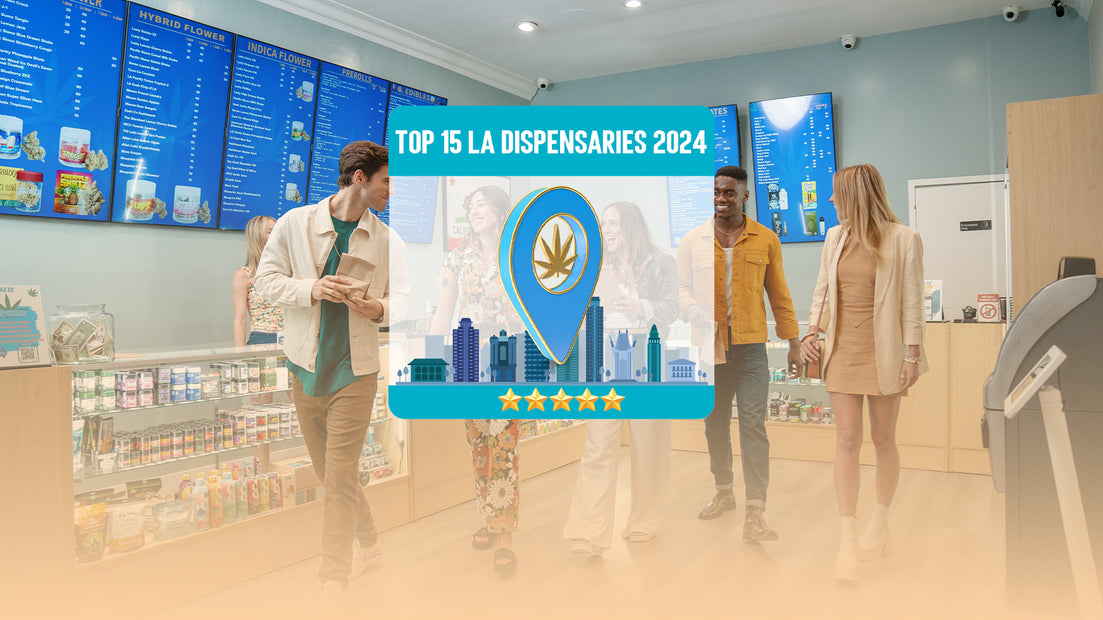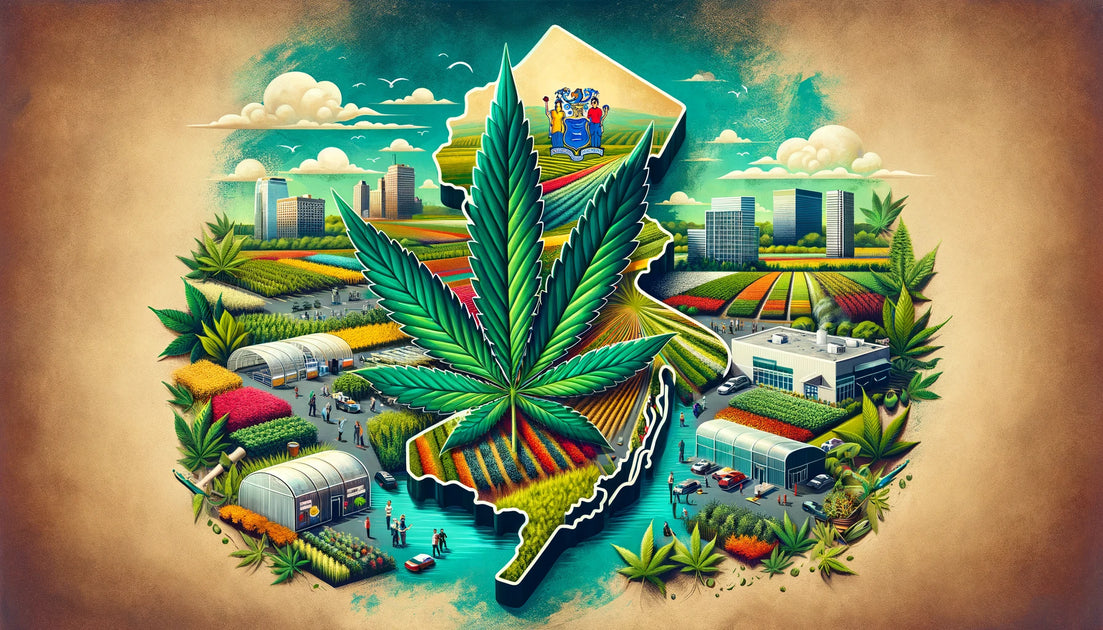Your cart is currently empty.

Have you ever wondered why the cannabis edible you ate at that party last week seemed to hit hard, sending your mind on a rollercoaster ride of euphoria, creativity, and deep introspection? Why did it feel so different compared to smoking or vaping?
The answer is hidden in one magical compound - 11-Hydroxy-THC. The journey this molecule takes through your body is nothing short of an epic odyssey, crossing treacherous metabolic pathways and encountering ruthless liver enzymes along its way.
Ever wondered, "What Is 11-Hydroxy-THC? Why does it have such strong effects?" Brace yourself! We're diving deep into the realm of cannabis metabolism. This journey will not only demystify potent edibles but also empower you.
Understanding the World of Cannabis Products
The cannabis world is vast and fascinating, filled with a variety of products that cater to different needs. Entering the cannabis world is akin to visiting a buffet of different flavors, each with its own unique experience. From CBD oil drops to THC-infused gummy bears, each product offers a distinct experience.
In this realm, there are three big players: Delta 8 THC, Delta 9 THC, and CBD. Just as ice cream comes in various flavors - chocolate, vanilla or strawberry - so do these cannabinoids differ in their effects on the human body.
The Rise of Edibles in the Cannabis Market
A trend worth noting is how edibles have skyrocketed in popularity among cannabis enthusiasts. Remember when you first discovered your favorite candy bar? That’s what it feels like for many who eat edibles – they get hooked. These aren't just your grandma's pot brownies anymore; today's market boasts everything from gummies and chocolates to teas and sodas infused with varying levels of cannabinoids.
Cannabis products such as edibles offer longer-lasting effects compared to smoking or vaping due to metabolic enzymes involved during digestion which turns THC into 11-Hydroxy-THC — but we'll delve more into that later.
Fun fact: Did you know that eating an edible form of cannabis can make you feel effects for up to six hours? This differs significantly from inhaling smoke or vaporized marijuana because our bodies process substances differently depending on how they are consumed.
While inhaling THC leads to a quicker onset of effects, consuming cannabis in an edible form means the cannabinoids have to go through your digestive tract first. This process, known as first-pass metabolism, involves liver enzymes turning THC into 11-Hydroxy-THC which has a higher binding affinity for cannabinoid receptors in our bodies — resulting in stronger and longer-lasting effects.
A Look at Delta 8 THC, Delta 9 THC & CBD
Imagine it's like a game of rock-paper-scissors. Each option triumphs in certain situations, giving you a clearer picture.
Diving into the cannabis universe is akin to exploring a buffet, where Delta 8 THC, Delta 9 THC and CBD are your primary choices. As edibles gain traction, their distinctive 'slow-burn' impact stands out. This prolonged high arises from how our bodies metabolize cannabinoids - transforming THC into powerful 11-Hydro.
The Science Behind Cannabis Delivery Methods
When it comes to cannabis consumption, there are numerous methods available for getting a hit. From smoking and vaping solutions to applying balms and salves on your skin or munching on edibles - the options are plentiful.
The method you choose can greatly impact how the cannabinoids interact with your body. Each delivery route has its unique metabolic pathways that determine how fast you'll feel effects, their intensity, and duration.
The Unique Metabolic Pathways of Edibles
Cannabis-infused treats such as brownies or gummies have become a popular option among cannabis users for valid reasons. But ever wondered why these edibles hit hard?
Unlike smoking or vaping where cannabinoids enter directly into your bloodstream through lungs, ingesting THC via edibles follows a different path – literally.
When you eat an edible, it goes down into your stomach where digestive enzymes start breaking down food particles. The THC from cannabis then moves onto the liver before entering blood circulation.
In this metabolic process known as first-pass metabolism; here's a fun fact: Your liver turns THC (Delta 9-THC) into another compound called 11-Hydroxy-THC.
"The potency is due to something we call 'first pass metabolism'... Instead of going straight from lung->bloodstream->brain like smoked cannabis... eaten cannabis gets metabolized by the liver first." says Adie Rae—a scientific adviser.
A study published suggests that 11-Hydroxy-THC has a higher binding affinity to the cannabinoid receptors in our brain than Delta 9 THC. This means it can more effectively bind and trigger these receptors, resulting in stronger psychoactive effects.
So, essentially your liver is converting a portion of THC into this turbo-charged version—creating an intense high that lasts longer compared to other methods. And as average levels studied indicate; orally consumed cannabis products tend to have higher levels of this metabolite compared to those vaped or smoked.
Looking at the big picture, we can see how everything comes together.
Ever wondered why cannabis edibles hit so hard? It's all about the body's reaction to THC when it’s eaten. See, a process called 'first-pass metabolism' happens in your liver and turns some of that THC into 11-Hydroxy-THC. This new compound really rings our brain receptors' bells harder than regular THC does.
The Potency of 11-Hydroxy-THC
The secret lies in a potent little molecule called 11-Hydroxy-THC. When cannabis is consumed orally, it doesn't pass directly into the bloodstream; instead, it takes an interesting journey through your liver enzymes. It takes quite an adventurous journey.
Your liver enzymes come out to play when they spot THC entering the body through the digestive tract. They don't exactly greet THC warmly; instead, these metabolic enzymes turn THC into something more powerful - our star player, 11-Hydroxy-THC.
Here's where things get interesting: this transformation process is known as first-pass metabolism and it results in higher levels of 11-Hydroxy-THC compared to if you had smoked or vaped your cannabis product. According to one study published, oral consumption leads to approximately three times more Hydroxy metabolite than smoking does.
Molecules Called Metabolites and their Superpowers
The term 'metabolite' may sound like scientific jargon from another planet but trust me on this – understanding what molecules called metabolites do will give us fascinating insights about how edibles work. So buckle up for a bit of science because here’s how things roll:
You've probably heard that Delta 9 is the primary psychoactive compound found in raw cannabis plants which makes us feel effects such as euphoria or relaxation after consumption. However, did you know there are many cannabinoids present within raw marijuana including THCA, a non-psychoactive precursor to Delta 9 THC?
When you heat up your bud—a process known as decarboxylation—THCA transforms into Delta 9. But here's the kicker: if you munch on an edible, that THC cannabinoid doesn't stay put. No sir. It goes through another makeover inside your body, courtesy of liver enzymes. And what does it become? Give me a drum roll—it morphs into our star player, the metabolite called 11-Hydroxy-THC.
Edibles pack a strong, enduring kick. Why? It's because of the change THC goes through in your body. When you eat them, liver enzymes turn THC into 11-Hydroxy-THC - an even stronger variant. This process creates about three times more Hydroxy metabolite than what smoking would give. And it's this crafty molecule that sets edibles apart.
Conclusion
By now, you should have a greater comprehension of 11-Hydroxy-THC and why it provides cannabis edibles such an intense effect. It's not just about eating an edible; it's about the unique metabolic journey THC takes in your body.
Remember that consuming cannabis products orally leads to higher levels of 11-Hydroxy-THC than smoking or vaping does. 11-Hydroxy-THC binds more strongly to cannabinoid receptors in the brain, which can lead to heightened psychoactive effects.
The choice between various delivery methods like balms, vapes, or gummy bears depends on your personal preferences and desired effects. But remember: when it comes to edibles, start low and go slow!
We've unlocked the secret behind "Why do edibles hit hard?" Now armed with this knowledge, approach every bite with respect for its power - and enjoy the ride!



